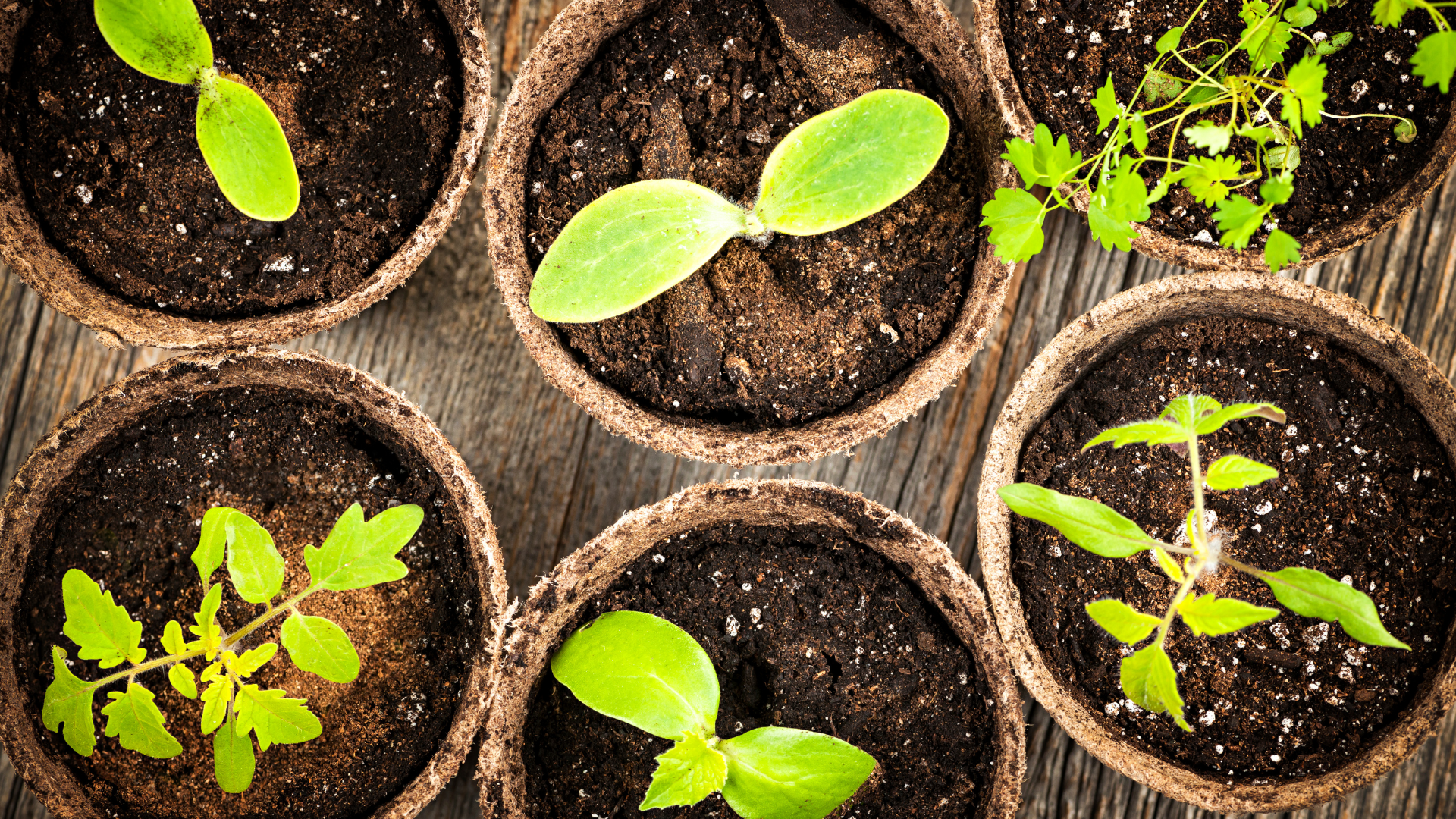As the world increasingly tilts towards sustainable gardening practices, coco peat has risen to prominence. This byproduct of the coconut industry is becoming a game-changer in both gardening and commercial agriculture, offering an array of benefits. But what are these benefits? And how can we optimally use coco peat for our plants? Let’s delve into the world of coco peat to discover its unique qualities and how best to utilize it.
Understanding the Benefits of Coco Peat
Coco peat, a derivative from the coconut husk, has revolutionized the way we approach soil management in gardening. Let’s explore its significant benefits:
- Excellent Water Retention: Coco peat can absorb up to 10 times its weight in water, making it an excellent medium for retaining moisture, reducing watering frequency, and conserving water.
- Improved Aeration: Coco peat allows for better root growth due to its fibrous structure that ensures good soil aeration. This enhanced oxygenation encourages healthier roots and stronger plants.
- pH Neutral: Unlike many organic materials, coco peat is pH neutral, which makes it a versatile medium compatible with a variety of plants that require different soil pH levels.
- Environmentally Friendly: As a renewable resource, coco peat offers an environmentally friendly alternative to peat moss, which is harvested from peat bogs and degrades slowly.
- Pathogen and Pest-free: Being a byproduct of coconut husks, coco peat is naturally resistant to bacterial and fungal growth, offering a safe environment for plant growth.
- High Cation Exchange Capacity (CEC): Coco peat has a high CEC. This means it can absorb and hold onto nutrients instead of them being washed out with watering, allowing plants to have better access to nutrients over time.
Mixing Coco Peat with Soil
Now that we have established the myriad benefits of coco peat, the next logical step is to understand how much of it should be mixed with soil. While there’s no one-size-fits-all answer, a general rule of thumb is to aim for a 1:1 ratio of coco peat to garden soil. This ratio ensures that the coco peat can enhance water retention and soil aeration while still allowing your plants to benefit from the nutrients found in garden soil.
However, you may need to adjust this ratio depending on the specific needs of your plants. Some plants may thrive in a mixture with a higher concentration of coco peat, especially those requiring a more moisture-retentive and well-aerated medium. Always ensure you research your specific plant’s needs before creating your potting mix.
Utilizing Coco Peat in Pots
Using coco peat in pots is a simple yet transformative step in container gardening. To start, you’ll need to rehydrate the coco peat. Place the dehydrated coco peat in a large container and add water. Allow it to absorb the water and expand. Once fully expanded and absorbed, it’s ready to be mixed with soil or used as a standalone growing medium.
When using coco peat in pots, consider the following steps:
- Ensure the pot has proper drainage to prevent water-logging, as coco peat retains a lot of water.
- Fill the pot with your desired coco peat and soil mixture.
- After planting, water thoroughly until water flows freely from the drainage holes.
- If using coco peat as the primary medium, remember to provide extra nutrients to your plants, as coco peat doesn’t have many nutrients on its own.
Conclusion
Coco peat has emerged as a powerful player in the gardening world. Its unique properties such as high water retention, improved soil aeration, and eco-friendly nature make it an attractive medium for plant cultivation. When used correctly in the garden, it can provide an optimal environment for your plants to thrive, all while contributing to a more sustainable planet. Whether it’s amending your garden soil or potting indoor plants, coco peat provides a resilient and flexible platform for plant growth. However, remember that like all growth mediums, success with coco peat requires proper understanding and application. Happy gardening!

